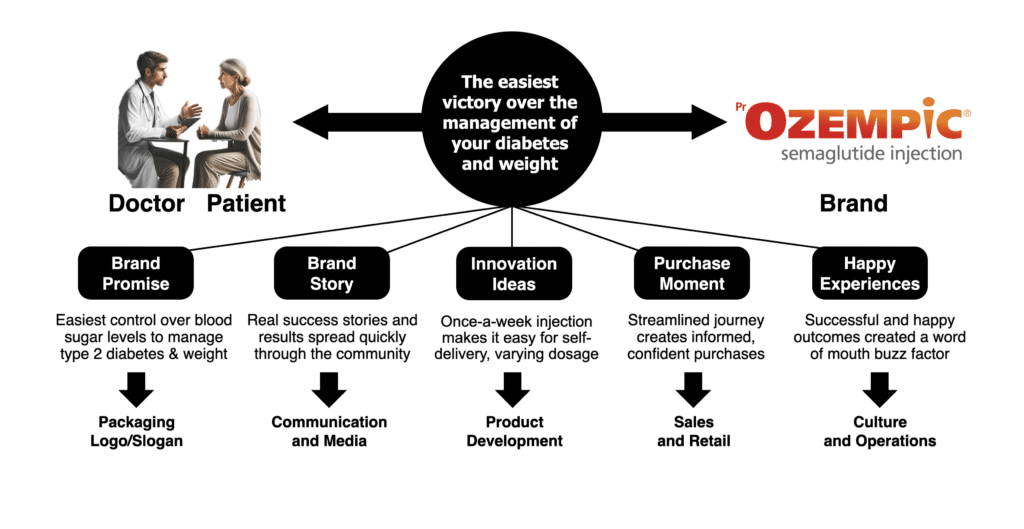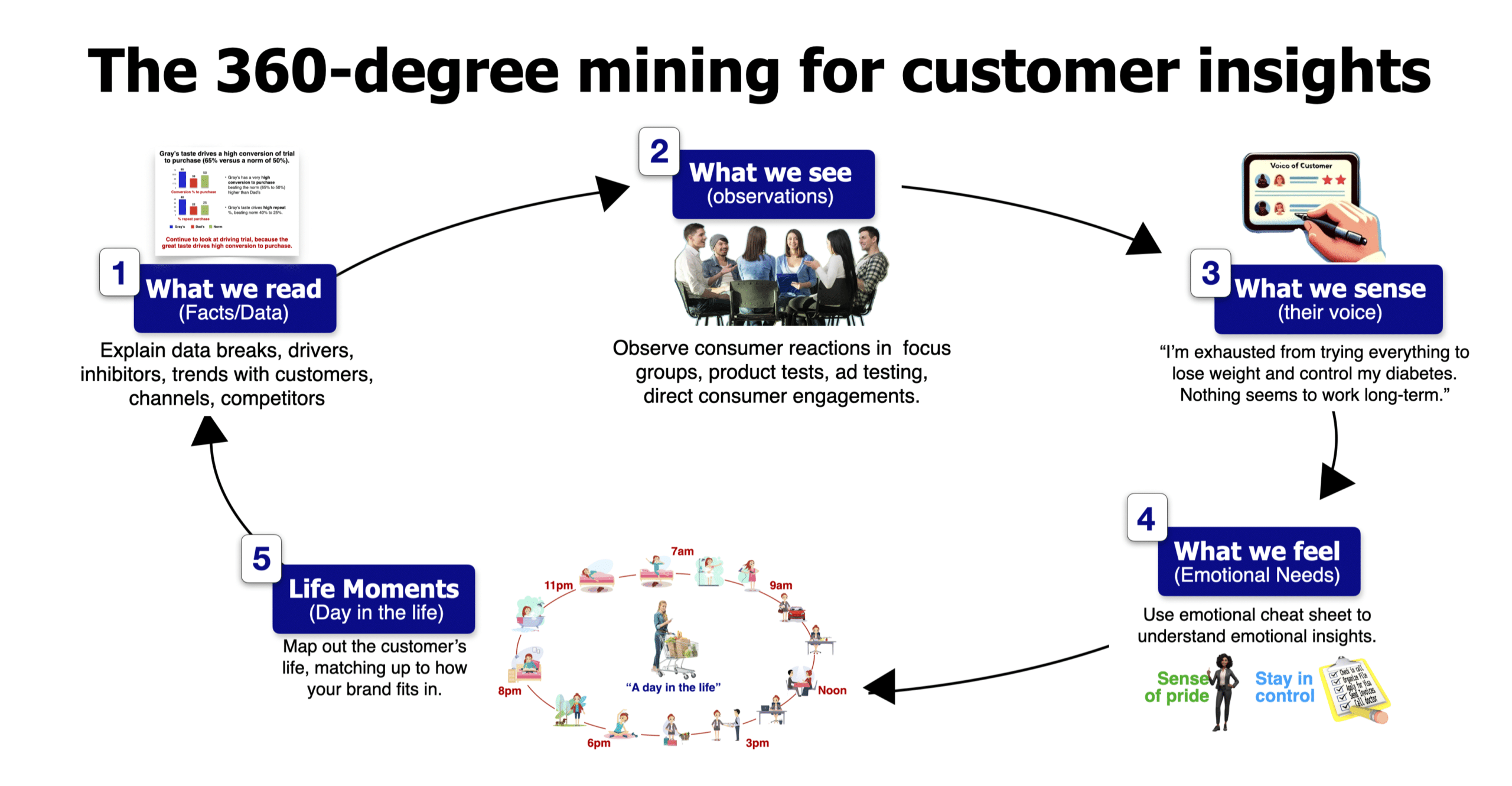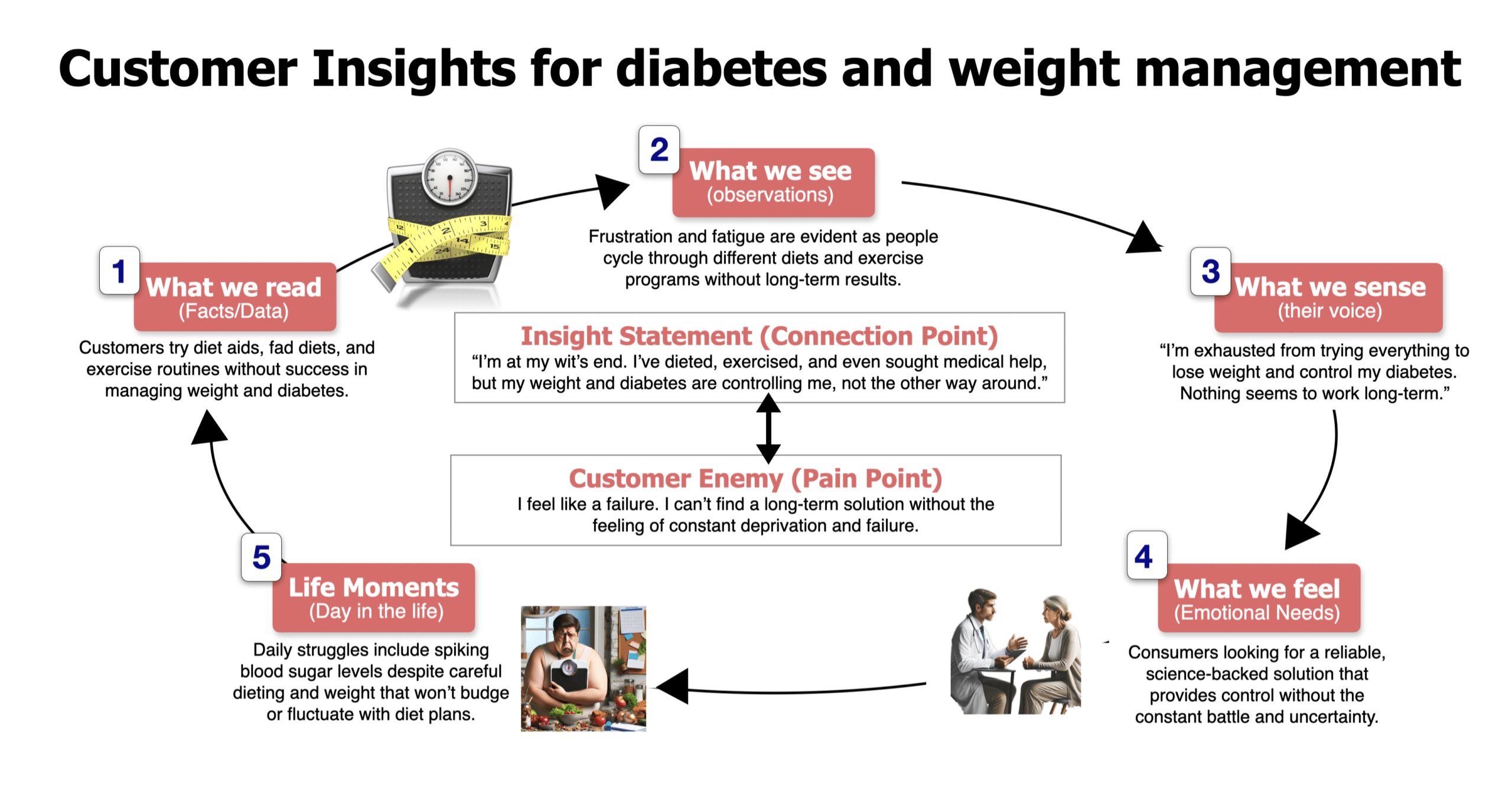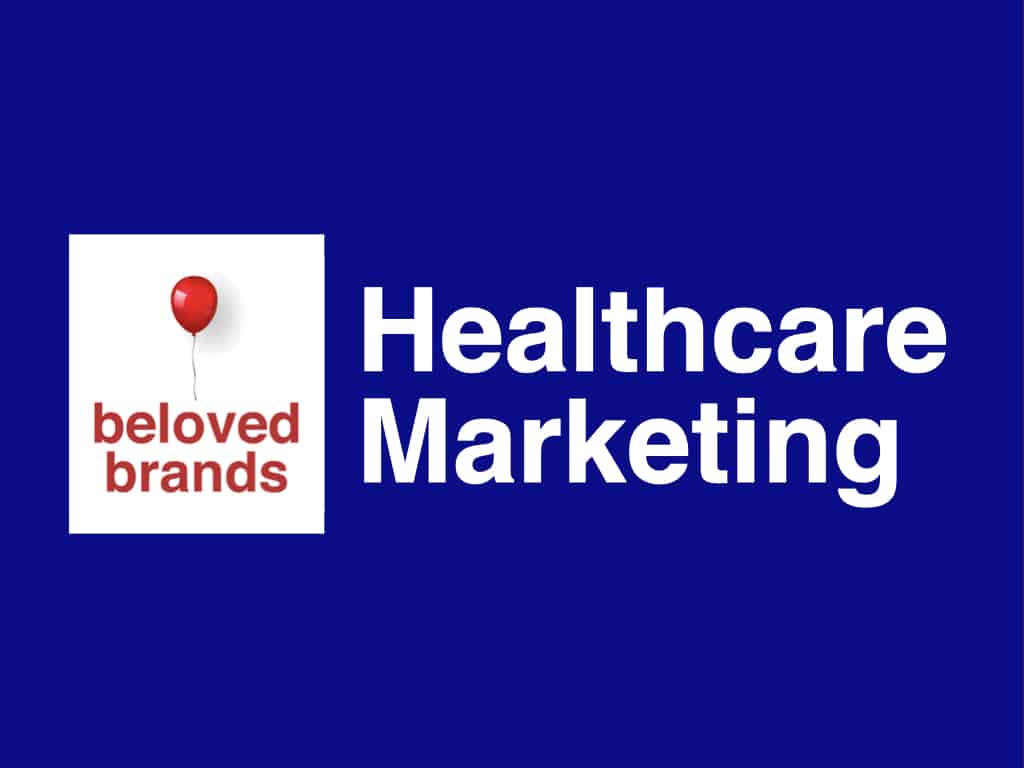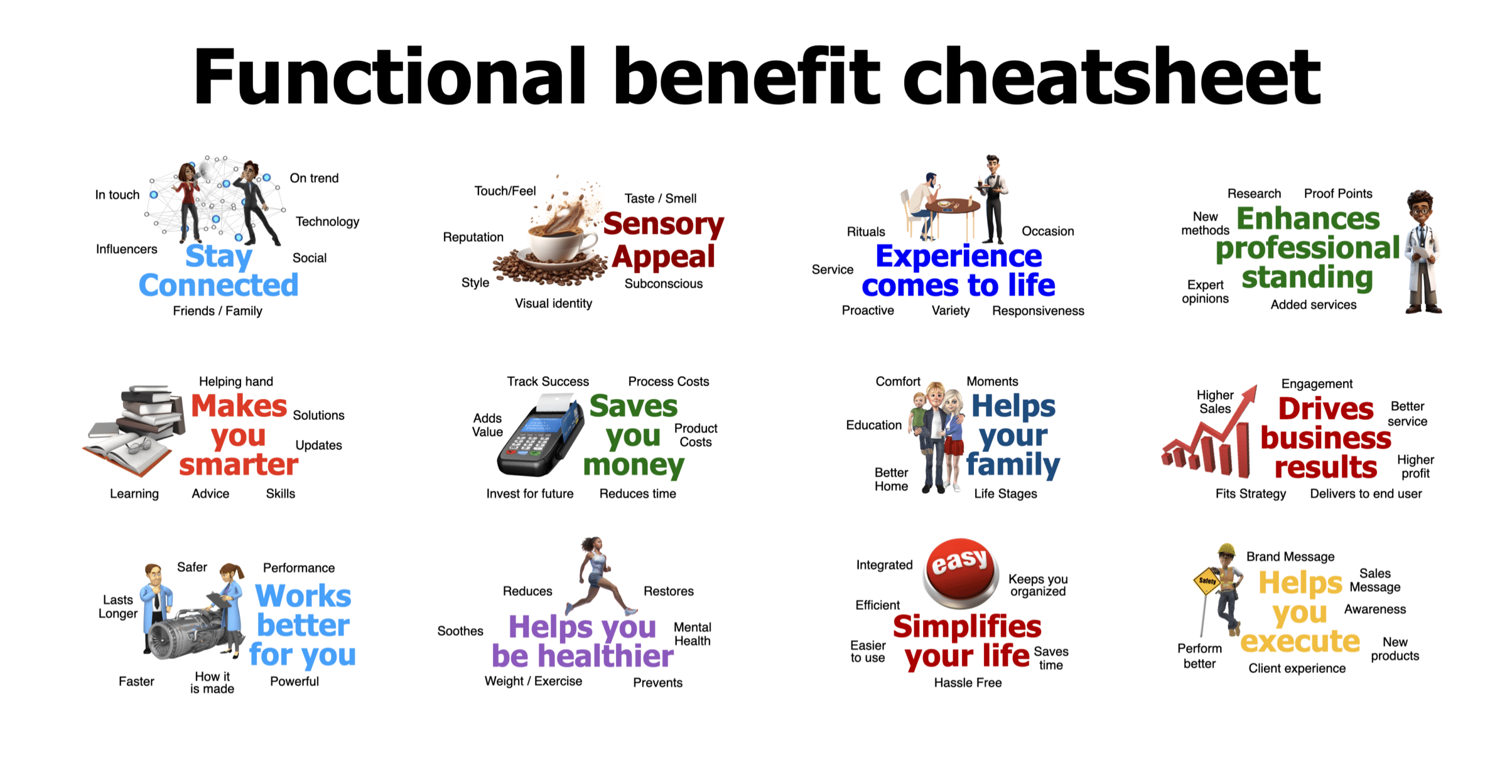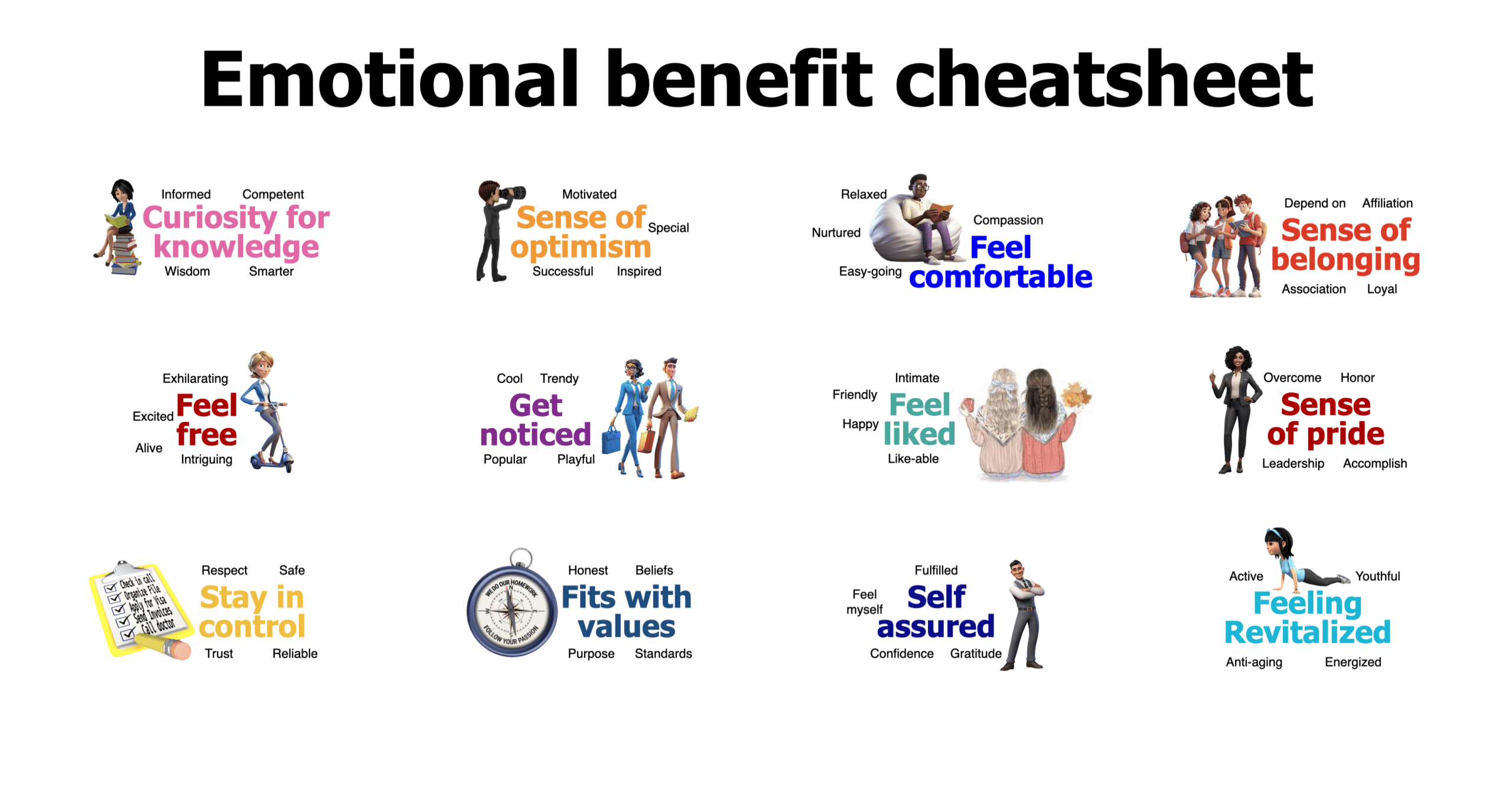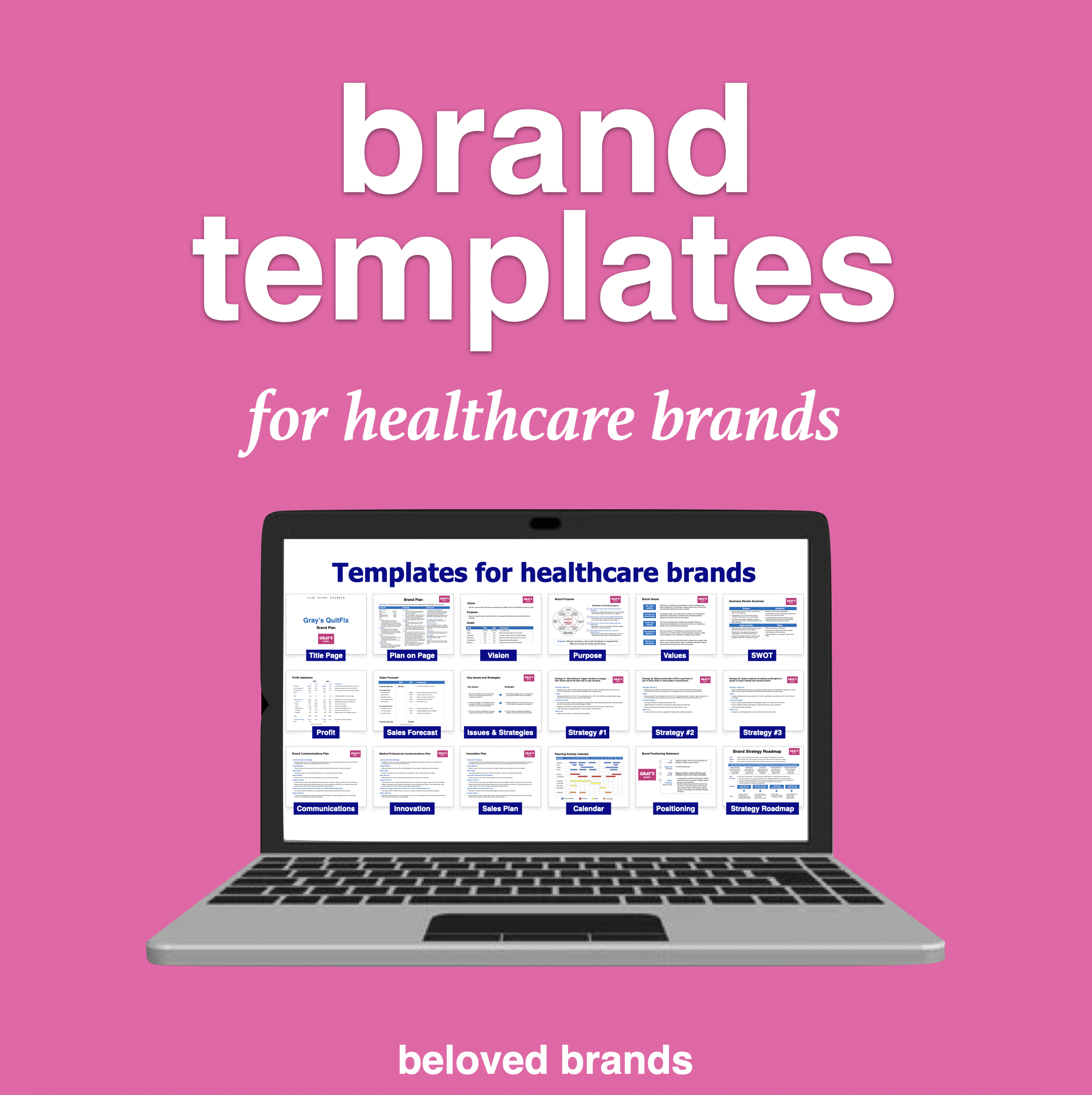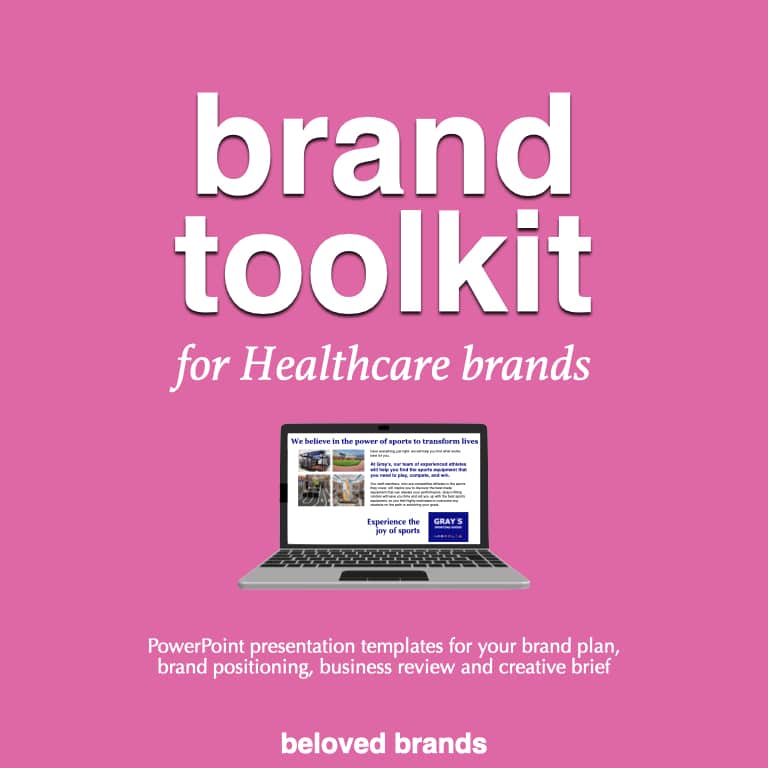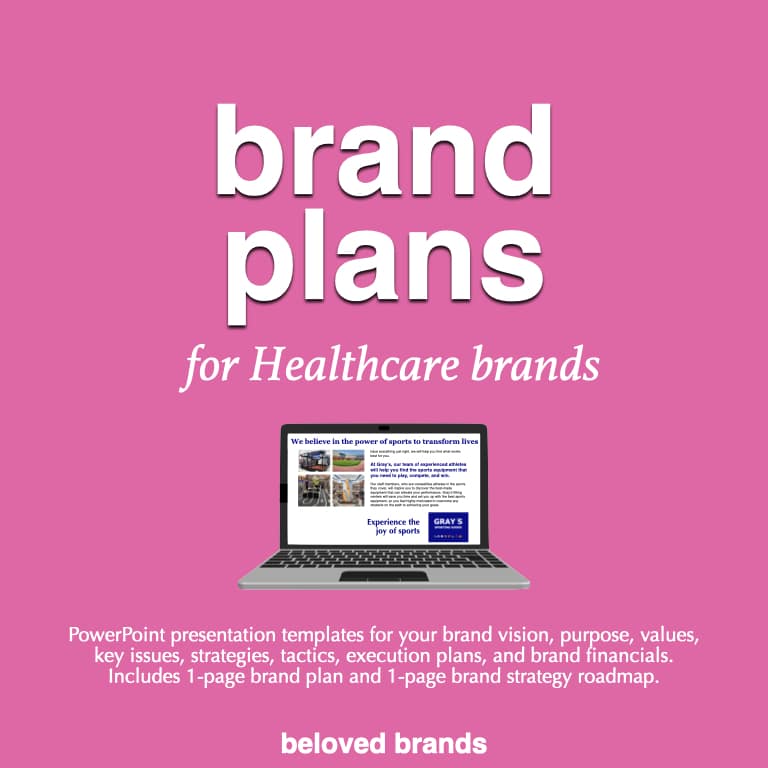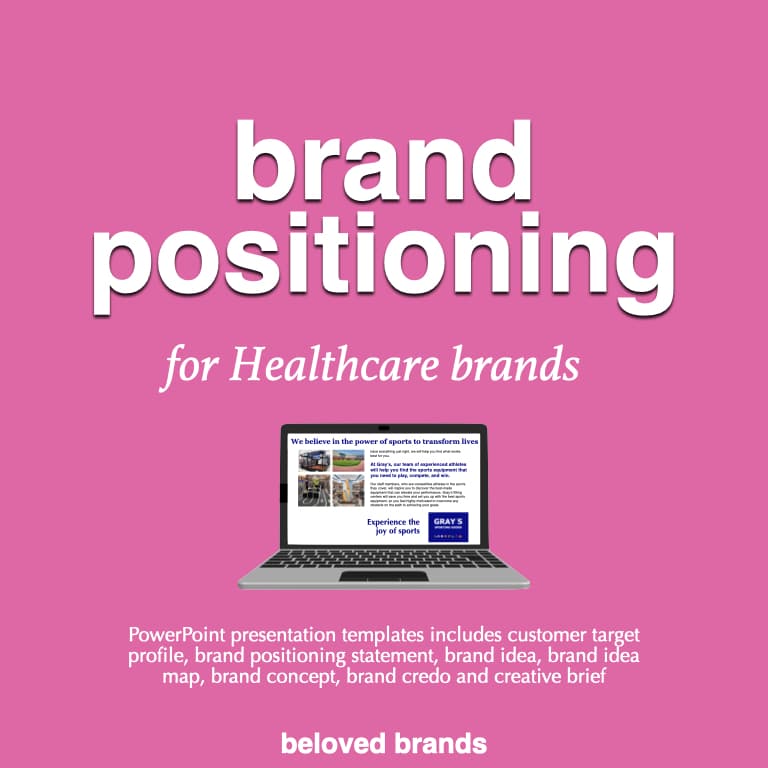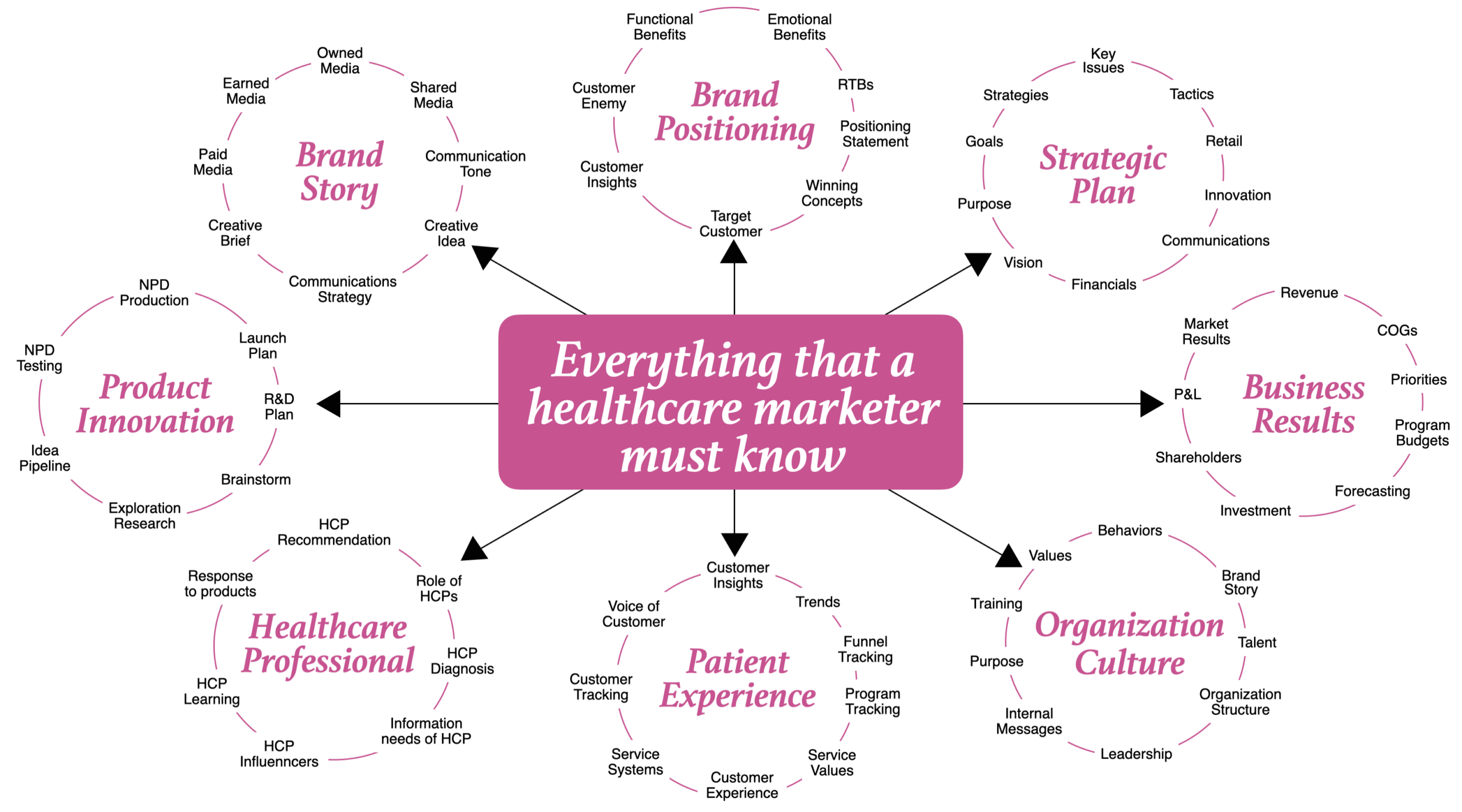Ozempic is the brand name whispered quietly at the lunch table at work or at the family Bar-B-Q–followed by, “You look great.” Ozempic is loudly joked about on the late-night talk shows or award shows. All that talk value has helped Ozempic rapidly ascend in the healthcare market, particularly in treating type 2 diabetes and, more recently, for weight management. The success of Ozempic can be attributed to a simple brand idea that is based on success and has spread like wildfire across healthcare professionals and end users who love the success they have seen. Our Ozempic case study aims to dissect the elements that have propelled Ozempic into the spotlight, focusing on its organizing brand idea of being “The easiest victory over the management of your diabetes and weight.”
I will go through the backup of the Ozempic brand positioning based on the functional benefit of working easier for weight loss and the emotional benefit of feeling in control. I will bring these to life using our Beloved Brands tools.

How Ozempic works
Our Ozempic Case Study starts with how the product works.
Ozempic, generically known as semaglutide, is a medication approved for treating type 2 diabetes, and it operates through a unique mechanism of action that mimics an endogenous hormone in the body as a glucagon-like peptide-1 (GLP-1) receptor agonist, Ozempic works by binding to the GLP-1 receptors in the pancreas, which plays a critical role in glucose metabolism.
When Ozempic activates these receptors, it stimulates the release of insulin from the pancreas in a glucose-dependent manner. This means it enhances insulin secretion only when there are elevated blood glucose levels, reducing the risk of hypoglycemia, a common concern with some diabetes medications. Additionally, Ozempic suppresses glucagon release after meals, another hormone that raises blood glucose levels. The suppression of glucagon complements the action of insulin, leading to a more effective reduction in blood sugar levels.
Furthermore, Ozempic slows gastric emptying, meaning it delays the time the stomach empties its contents into the intestine after a meal, which helps reduce glucose spikes after eating. This action also contributes to a sensation of fullness, which can aid in weight management—a significant benefit, as obesity is a common comorbidity in individuals with type 2 diabetes.
By addressing several aspects of diabetes management, including blood sugar control and weight reduction, Ozempic provides a multifaceted approach to treating this complex and chronic condition. Its once-weekly dosing improves compliance and fits seamlessly into patients’ lives, further enhancing its therapeutic potential.
The Ozempic Brand Idea
Using our Brand Idea tool
Our Ozempic Case Study starts with the core brand idea for Ozempic, which can be encapsulated in the statement: “The easiest victory over the management of your diabetes and weight.”
This central notion is a testament to the ease, efficacy, and empowerment that Ozempic offers its users. It’s an overarching idea that succinctly captures what Ozempic aims to provide its customers.
To illustrate, you can click on the Ozempic Case Study diagram to see the brand idea map.
Aligning to the Ozempic Brand Idea Map
Brand Promise:
Ozempic offers the simplest way to gain control over blood sugar levels for the management of type 2 diabetes and weight, highlighted by its convenient packaging and memorable logo/slogan. This promise extends beyond the functional benefits to encompass an emotional reassurance to its users – offering a sense of control over their health and wellbeing.
Brand Story:
Ozempic’s narrative is built on authentic success stories and impactful results that spread rapidly through the community, propelled by strategic communication and media engagement. The narrative around Ozempic is crafted on innovation, patient-centricity, and clinical excellence. By emphasizing real patient stories and data-driven results, Ozempic builds a compelling narrative that speaks to both the hearts and minds of its target audience.
Innovation Ideas:
The innovation of Ozempic is embodied in its once-a-week injection that simplifies self-delivery and allows for varying dosages. This innovation is a product development triumph, addressing key patient convenience and compliance issues.
Novo Nordisk, the manufacturer of Ozempic has entered the race for FDA approval of a first-in-class oral weight loss and diabetes drug, and because pills are cheaper to manufacture, these oral weight loss drugs may signal a more affordable (and easier) alternative to the current rather expensive injection.
Purchase Moment:
Ozempic provides a streamlined purchase journey, fostering informed and confident decisions underpinned by effective sales and retail strategies. They follow a traditional pharmaceutical model requiring the healthcare professional to write a script, conduct blood tests, and constantly monitor to fit the right dosage level.
Happy Experiences:
The brand ensures happy experiences by delivering successful outcomes that generate a buzz through word-of-mouth, contributing positively to the culture and operations of the brand. Post-purchase, Ozempic ensures a high level of customer satisfaction through continuous support and engagement. This includes patient education, reminders for medication adherence, and community support platforms to share experiences and challenges.
Each element of the Brand Idea Map serves to reinforce the central brand idea, ensuring that every touchpoint is an opportunity to deliver on the brand’s promise of simplicity and control in diabetes and weight management.
M A R K E T I N G B O O K
healthcare brands
the playbook for healthcare marketers to help build a beloved healthcare brand that your patients, customers, and healthcare professionals will love
The best healthcare brands win by creating a lasting bond with their patients, customers, and healthcare professionals.
I have a special spot in my heart for healthcare marketing having spent 12 years between Pfizer and Johnson and Johnson, working on OTC (Over-The-Counter), customer healthcare, and prescription brands. I have worked with many healthcare brands during my decade of consulting, including OTC, pharmaceutical, medical equipment, leading hospitals, and scientific discovery brands.
Based on my passion for healthcare, I created our Healthcare Brands playbook to share my experience to help you run a healthcare brand. In our playbooks, we explain how the concept works and provide examples to bring it to life. Every example I use will be a healthcare brand.
You will see many examples based on different types of healthcare brand models. We have a pharmaceutical model that convinces healthcare professionals (HCPs) to recommend our brand to their patients. We have OTC (over-the-counter) and consumer healthcare brands who use the influence of HCPs, and then battle competitors at the retail shelf.
Moreover, we include a business-to-business (B2B) healthcare brand whose customers are healthcare professionals, hospitals, or medical offices. Choose your business model based on how your customer wants to buy, not how you want to sell. As brands mature, you might evolve into multiple models for your brand.
Reach your full potential as a healthcare marketer.
Join us on a journey of unleashing your potential as a healthcare marketer with our Healthcare Brands playbook, which is filled with a wealth of knowledge and insights. You’ll have access to healthcare brand case studies and examples that will help you learn new techniques and strategies. Our playbook has received a remarkable overall rating of 4.8 out of 5 from Amazon reviewers, proving the effectiveness and value it brings to healthcare marketing professionals.
So, come along with us and explore the vast opportunities and possibilities in the healthcare industry. It’s time to elevate your healthcare brand and make a positive impact on the lives of your customers.
Ozempic Brand Positioning
Target Market
Let’s back our Ozempic Case Study up and define the core target.
The target consumers for Ozempic are adults between the ages of 40 and 60, grappling with the dual challenges of weight management and type 2 diabetes. They are determined to reclaim their health and well-being with a clear understanding of the risks associated with their current weight and the potential for serious diabetes complications.
They’ve weathered the cycle of dieting and exercising, interspersed with various medical interventions, only to find themselves back where they started, leading to feelings of frustration and discouragement. These individuals are not just seeking a temporary fix but a sustainable health solution that delivers on controlling appetite, stabilizing blood sugar, and maintaining weight without the yo-yo effect of drastic diets.
The emotional toll is palpable as they confront the fear of additional health issues and the impact on their ability to enjoy life and care for their families. They crave a treatment that is as compassionate as it is clinically effective, one that understands and addresses the psychological stress accompanying their physical health goals.
Ozempic stands to meet this deep-seated need, offering more than medicinal benefits by acting as a steadfast ally in their quest for a healthier, more active, and fulfilling lifestyle.
How our customer insights tool works
Consumer insights are little secrets hidden beneath the surface. They explain the underlying behaviors, motivations, pain points, and emotions of your consumers. Your consumers may not even be able to explain the insight until you play it back to them. You want consumers to say, “Yeah, that’s exactly how I feel.” Brands must think of consumer insights as a potential competitive advantage. They are equal in importance to intellectual property.
To illustrate, click on the Ozempic Case Study diagram to see the customer insights.
What we can read
Use available data such as market share results, tracking studies, or category trends. Look for underlying explanations of the data breaks. Search for the drivers, inhibitors, and new trends among consumers, channels, and competitors. Tell the story beneath the data.
What we see
Use observations of consumer reactions. To add to the insights, look at focus groups, product tests, advertising testing, and direct consumer engagements. Watch how consumers respond.
What we sense
Listen to the voice of the consumer (VOC). Assess consumer comments on social media, brand reviews, and market research. Listen for specific word choices. Listen for the tone and phrases the consumer uses.
What we feel
Use observations and listening to match the emotional need states with how the use of your brand makes them feel.
Day-in-the-life moments
Map out the consumer’s life with explanations of underlying behaviors, motivations, pain points, and emotions at any moment of the day or week. Conclude how parts of their life could impact their path to purchase.
Summarize what you observe.
Once you have completed all five areas of the 360-degree mining process, get in the consumer’s shoes. Observe, listen, and understand how they think, act, feel, and behave. Be empathetic to their fears, motivations, frustrations, and desires. Learn their language and use their voice. Learn the secrets that only they know, even if they cannot explain. Insights are a great way to demonstrate “We know you” because the number one reason consumers buy a brand simply that “It is a brand for me.”
To illustrate, click on the Ozempic Case Study diagram to see the customer insights model.
Finding customer insights for Ozempic
Understanding the multifaceted challenges faced by those struggling with diabetes and weight management requires a deep dive into their experiences—a process made possible through our exclusive customer insights tool.
Our tool meticulously captures and analyzes the nuances of customer journeys, transforming raw data into a coherent narrative. For example, our Ozempic Case Study reveals that patients cycling through diet aids and exercise plans without success are not just seeking a medication like Ozempic. They are seeking a lifeline.
Our customer insights tool goes beyond surface-level observations, pinpointing the emotional undertones of frustration and the yearning for control that underlie customer behaviors.
It captures the consumer’s voice, who expresses exhaustion and the need for a solution that doesn’t lead to a sense of defeat. With our tool, we’ve identified that the core pain point is the fear of ongoing failure, a critical insight that can inform empathetic and effective marketing strategies for products like Ozempic.
By harnessing our tool’s capabilities, businesses can empathize with and address the real-life moments of struggle that customers face daily. It’s not just about managing a condition; it’s about empowering consumers to take charge of their lives. We invite you to engage with our tool to uncover profound insights into your customers’ needs, driving both product innovation and communication strategies that resonate deeply with your target audience.
Functional Benefits
To help brand leaders kickstart their brand positioning work, I have created 12 functional zones that expand to over 50 potential functional benefits. For instance, as you look through the list, gravitate to the functional benefits you think will fit your consumers’ needs and differentiate your brand by looking for words where your brand does it better than competitors. While you might start with our words, try to layer your creative language with specific category or consumer language.
To illustrate, click on the Ozempic Case Study diagram to see the functional benefit cheatsheet.
For our Ozempic Case Study, customers first want it to work better in helping them lose weight. Moreover, they seek help to be healthier, simplifying their life choices. Combining working better and simplifying life is where we focus on the main functional benefit of the easiest way to conquer your weight loss.
Emotional Benefits
From my experience, marketers are better at finding the ideal rational benefits compared with how they work at finding the ideal emotional benefits for their brands. As a brand, you want to own one emotional space in the consumer’s heart as much as you own a rational space in the consumer’s mind.
When I push brand managers to get emotional, they struggle and opt for what they view as obvious emotions, even if they do not fit with their brand. I swear every brand manager thinks their brand should be trusted, reliable, and likable. Use our cheat sheet to dig deeper into emotions.
Our emotional cheatsheet has twelve emotional consumer benefit zones, which include knowledge, control, comfort, self-assured, optimism, feel myself, liked, freedom, get noticed, sense of belonging, revitalized, and pride.
To illustrate, click on the Ozempic Case Study diagram to see the emotional benefit cheatsheet.
For our Ozempic Case Study, the main emotional benefit is control as they battle their demons with eating. The secondary emotional benefits include optimism and potentially tapping into their pride.
Key claims and reasons to believe
Ozempic’s claims are backed by robust clinical trials and real-world evidence, demonstrating its efficacy and safety profile. Testimonials from healthcare professionals and patients further reinforce its credibility and effectiveness.
- Efficacy in Lowering Blood Sugar Levels: Ozempic is claimed to lower blood sugar levels significantly and is often highlighted for its efficacy compared to other diabetic medications.
- A1C Reduction: The medication is touted for its ability to reduce A1C levels, which is a critical marker for long-term blood glucose control in diabetic patients.
- Weight Loss Benefits: While its primary indication is for diabetes management, Ozempic is also known to contribute to weight loss in patients, which can be an ancillary benefit for those with type 2 diabetes and obesity.
Our brand toolkit for healthcare brands is our most comprehensive template, helping you communicate your brand plans, brand positioning, business reviews, and creative briefs.
Our brand toolkit template offers slides for vision, purpose, analysis, key issues, strategies, and execution plans, ensuring a thorough approach to your brand’s development. The brand toolkit template guides you through defining your target profile, crafting a brand positioning statement, and developing a unique brand idea, concept, values, story, credo, and creative brief. Finally, our brand toolkit template provides slides for an in-depth analysis of the marketplace, customers, competitors, channels, and your brand.
Choose the right template for your business needs
Ozempic Strategic Plan
Brand Vision
Ozempic’s vision is to set a new standard in diabetes care and weight management by providing innovative solutions that are accessible and effective. This forward-thinking approach is aimed at not only improving patient health outcomes but also at transforming the healthcare landscape related to chronic disease management.
Key Issue Questions
For our Ozempic Case Study, the biggest key issues include:
- How can Ozempic further differentiate itself in a crowded market?
- What are the most effective channels to educate and engage with its diverse target audiences?
- How can the brand leverage digital health technologies to enhance patient outcomes and experiences?
Key Issue Questions
Differentiation:
Ozempic differentiates itself through a strong emphasis on clinical research and outcomes, patient success stories, and a robust support ecosystem for patients and healthcare providers.
Education and Engagement:
Utilizing a multi-channel approach, including digital platforms, social media, and healthcare professional engagement, to disseminate information and foster a community around diabetes care and weight management.
Digital Health Technologies:
Investing in apps and online tools that complement the medication regimen by tracking progress, providing personalized advice, and facilitating direct communication with healthcare providers.
In our comprehensive Ozempic case study, we delve into the meteoric rise of Ozempic, a brand that has made a significant impact in the healthcare sphere by revolutionizing the treatment of type 2 diabetes and branching into the domain of weight management.
At the heart of Ozempic’s success lies a compelling brand idea: “The easiest victory over the management of your diabetes and weight.” This simple yet powerful message has resonated deeply, spreading rapidly among healthcare professionals and patients alike, who have enthusiastically embraced the tangible results they have experienced. Our Ozempiuc case study explores how they have effectively harnessed both the functional benefit of simplifying weight loss and the emotional advantage of restoring user control.
Utilizing our Beloved Brands tools, we have vividly illustrated the brand positioning and dissected the strategic approach that has enabled Ozempic to become a cherished name in the healthcare industry.
Everything a healthcare marketer must know
Beloved Brands Marketing Training
To view, use the arrows to see our Beloved Brands Marketing Training program brochure.
It's time to elevate your marketing team's performance with our Beloved Brands Marketing Training program.
Our marketing training makes your marketers smarter with brand analytics, strategic thinking, brand positioning, brand plans, and marketing execution.


